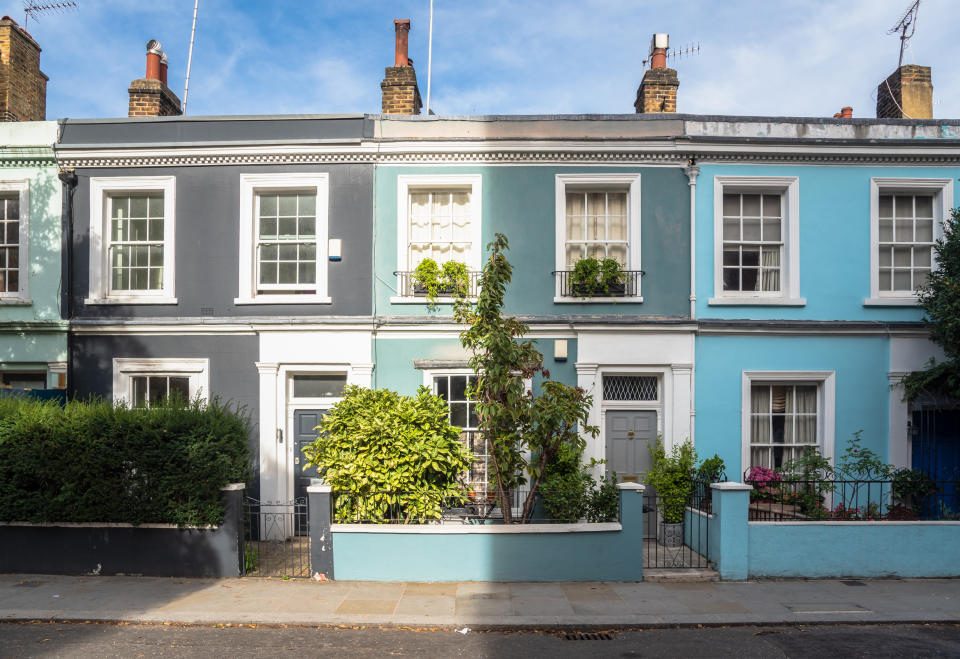The areas outside London where house prices rose fastest in the past decade

House prices rose by 33% over the past decade, a new report by Nationwide Building Society has found.
London was the top performing region during the 2010s, with house prices rising by 66%, double the UK average.
But coming in a close second is the Outer Metropolitan region, which includes towns such as Slough, Guildford, Crawley, and Chelmsford, with prices rising 54% over the last 10 years.
Third on the list are the regions of south-east England and East Anglia, as house prices went up by 43% in both areas. They are followed by south-west England (38%) and the East Midlands (36%).
READ MORE: The most affordable London commuter towns of 2020
The report points to a north-south divide as northern regions, in particular the north-west (17%), Yorkshire & Humberside (17%), and north (11%), saw much weaker growth in house prices over the decade, with prices “slow to recover following the financial crisis.”
House price growth in Scotland has been muted, with just an 8% increase over the past 10 years. Northern Ireland saw the lowest rise in prices, up just 2% over the decade.
The report also found that the rise in house prices has continued to exceed earnings growth, resulting in a further rise in the house price earnings ratio. This means raising a deposit can be a major challenge for prospective first-time buyers.
Andrew Harvey, senior economist at Nationwide said: “Reflecting the trend in overall house prices, some regions have seen a substantial increase in the time taken to save a deposit.
“For example, in the south-west it would now take around 10 years for an average earner to amass a 20% deposit, up from eight years at the end of 2009.”
READ MORE: The city Brits most want to move to outside London
Saving for a deposit is even more of a challenge in the capital where someone earning an average income would need about 15 years to save a 20% deposit on a typical London property, up from 10 years in 2009, Harvey added.
There has also been a significant widening in the gap between the least affordable and most affordable regions in the last 10 years as the house price earnings ratio in London has reached new highs in recent years, reaching 10.2 in 2016, from 6.1 at the start of the decade, with only a modest improvement to 8.8 at the end of 2019.
The most affordable region is Scotland which had the lowest house price to earnings ratio — 3.2 in 2019. This is a change from a decade ago when the most affordable region was the north of England.
However, low interest rates have helped support affordability through the 2010s, meaning monthly mortgage payments are still affordable for many outside London and the south-east.
READ MORE: The London boroughs where property prices are rising fastest
“Looking at mortgage affordability, this has actually improved for prospective first time buyers in recent years, with the cost of servicing the typical mortgage as a share of take home pay in most regions now lower than it was in 2009. This is due to the fall in borrowing costs, with average interest rates for new mortgages falling from around 5% in 2009 to 2.4% currently,” said Harvey.

 Yahoo Finance
Yahoo Finance 